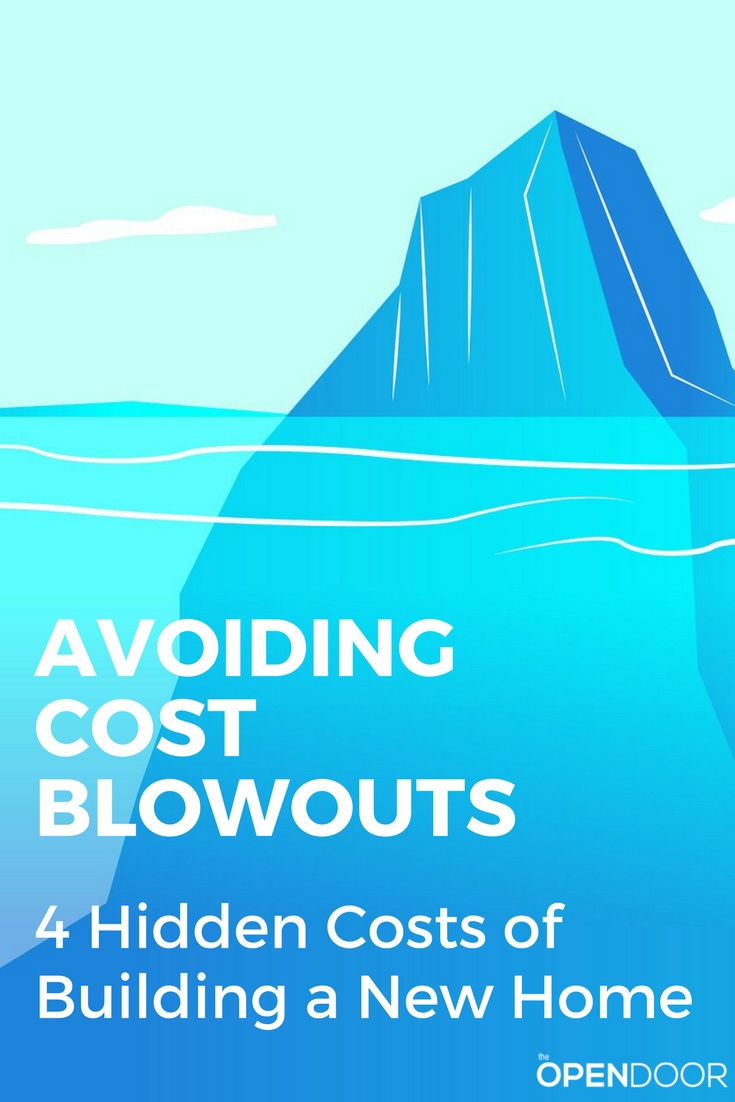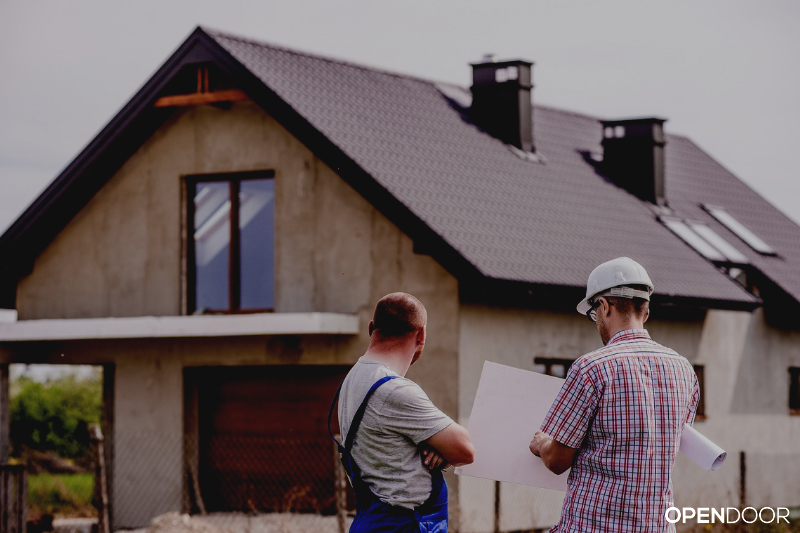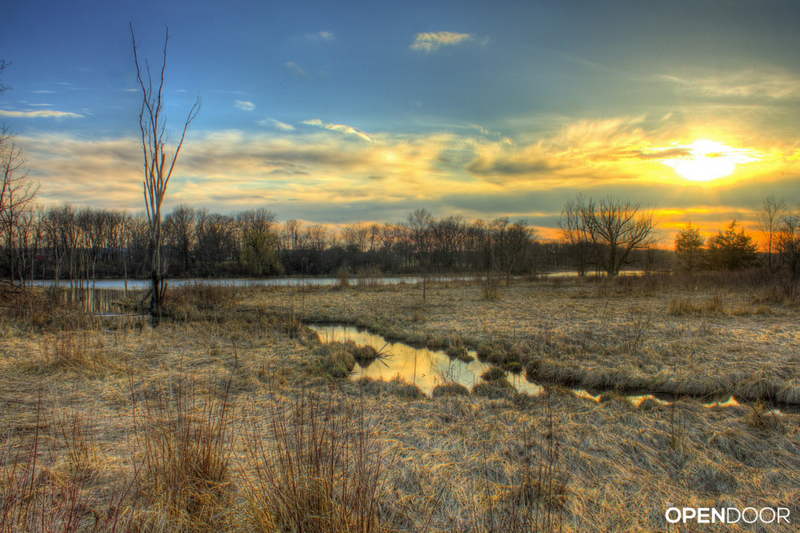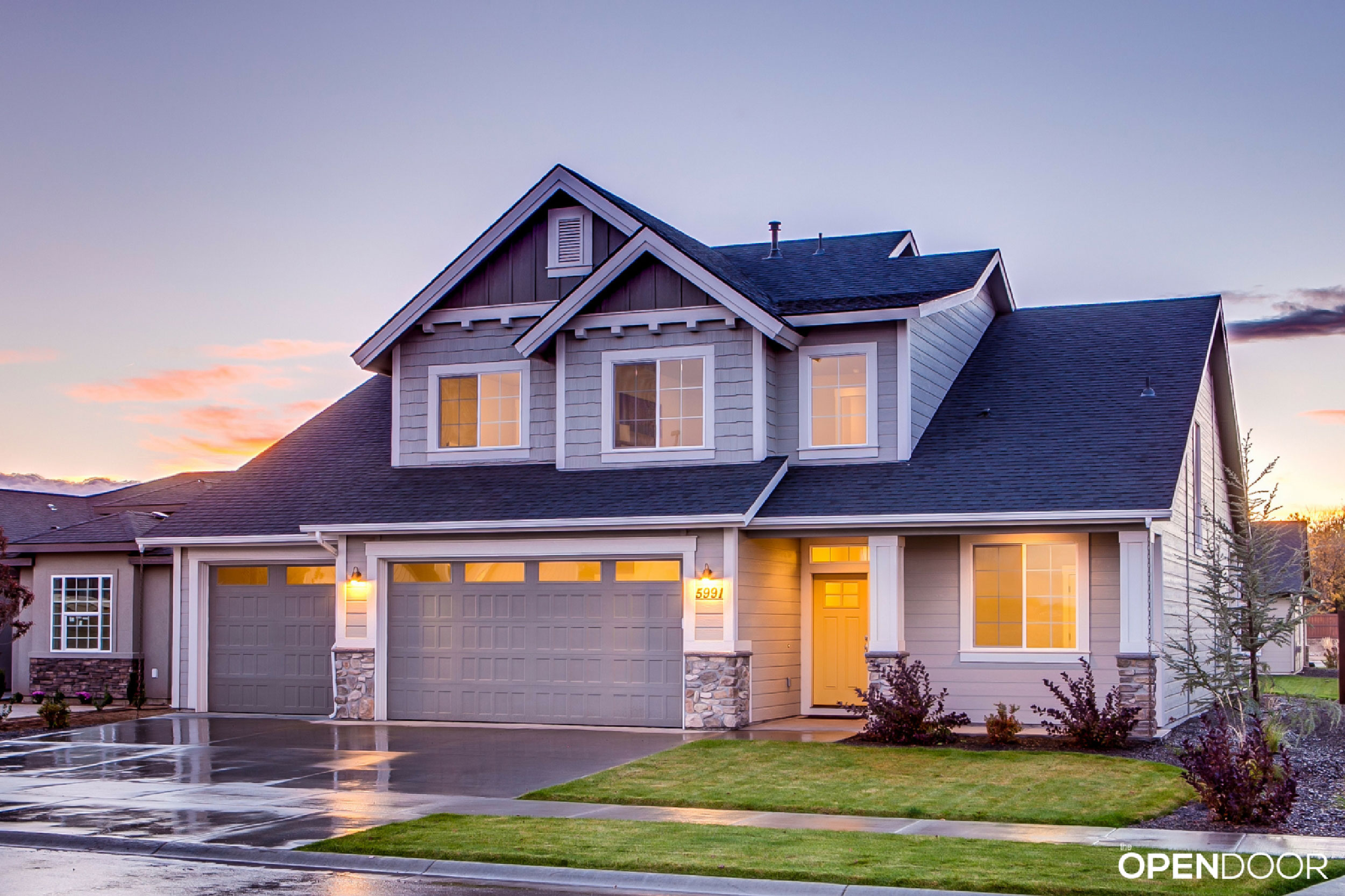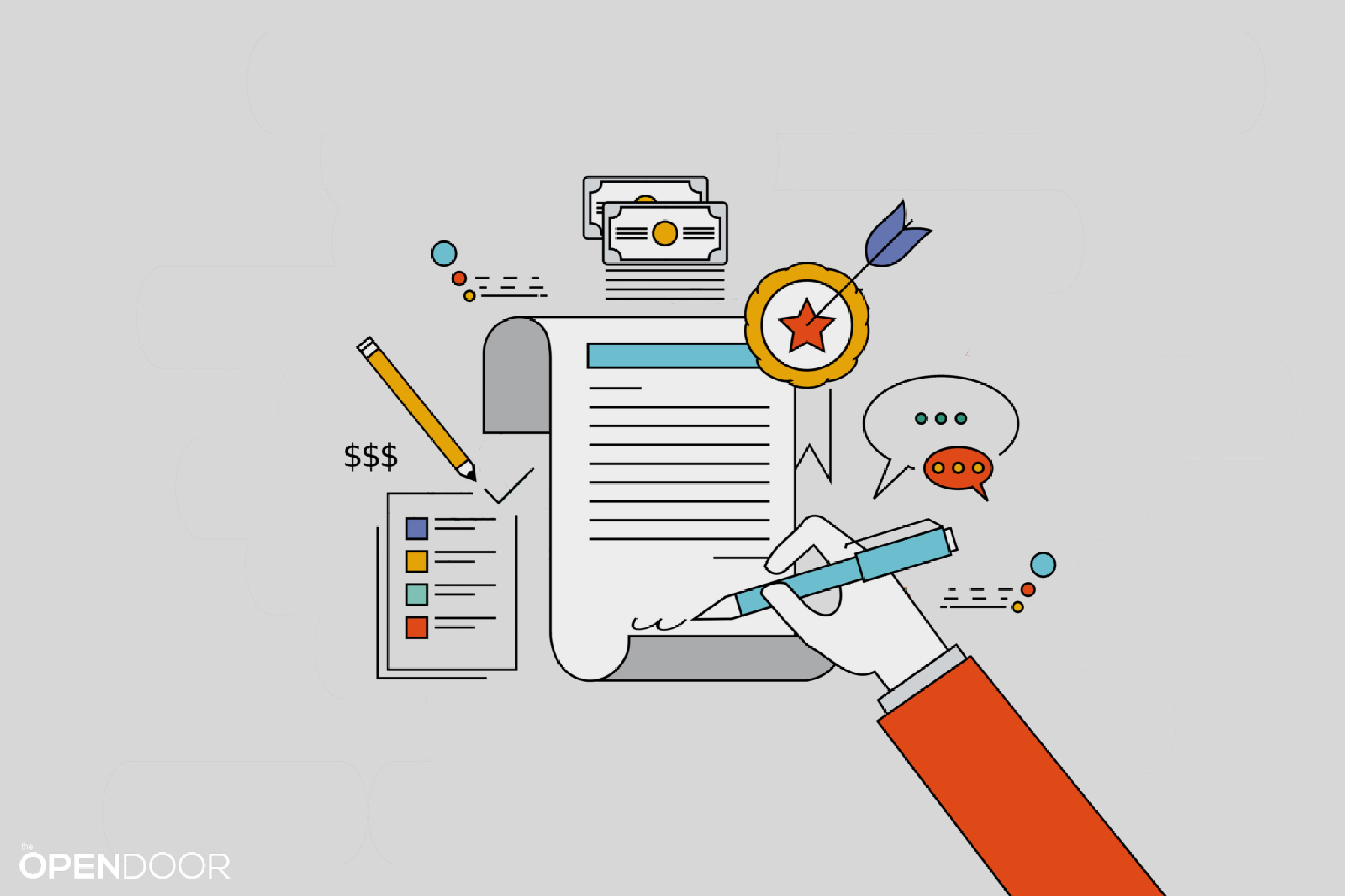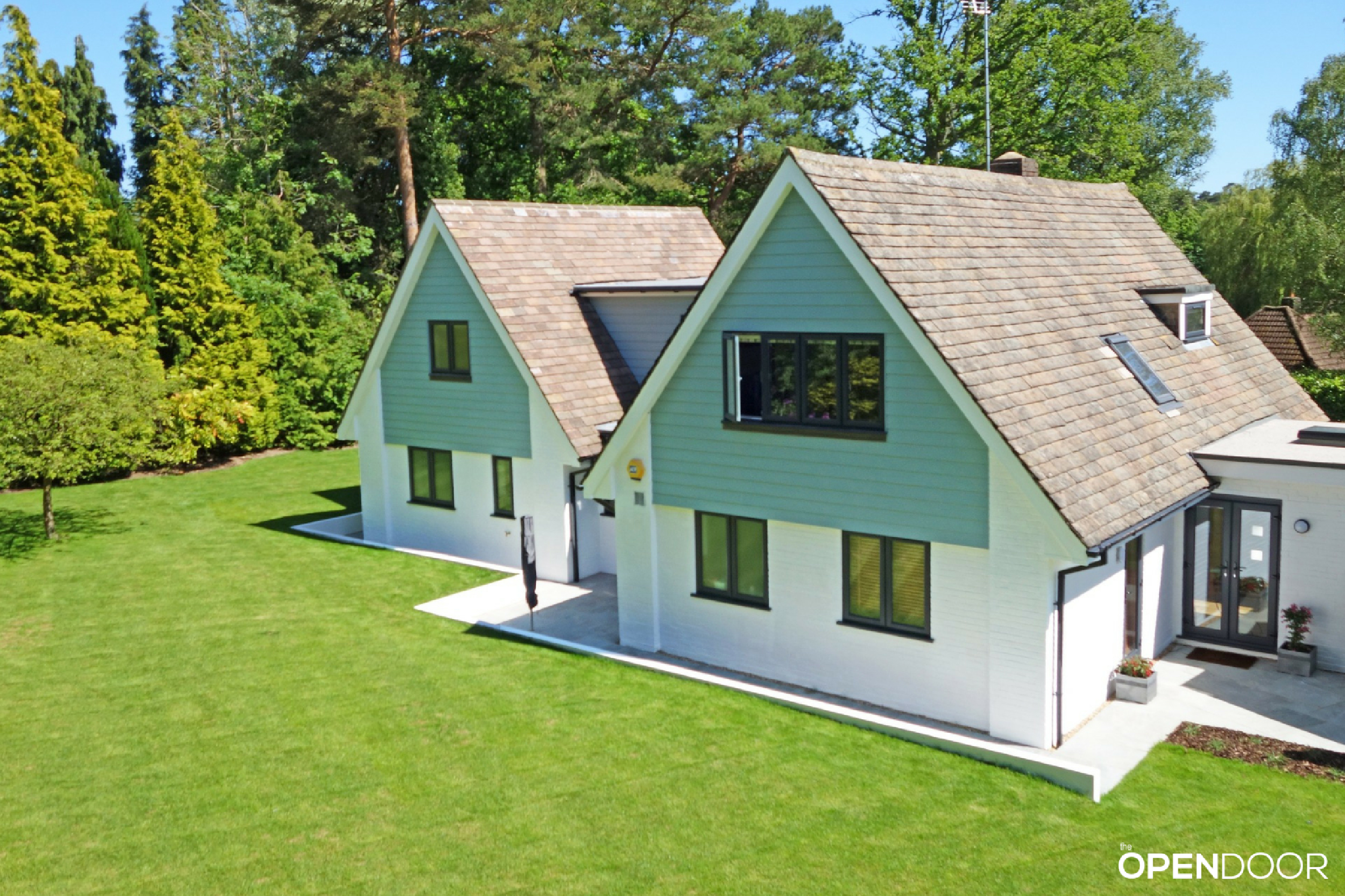You have what you believe is a good quote from a builder. But, that’s only part of the overall cost. Arriving at the actual cost of your home may be more complicated because there are other costs that need to be taken into account. The problem is, you just don’t know exactly what they are yet. It’s these elusive, often times hidden or variable costs that can blow your budget. And that’s what most people fear.
Like an iceberg, the construction cost above the surface is easier to understand. But, there are a lot expenses that lurk below the surface that you can’t see… yet. It’s these unknown costs that cause stress, anxiety, and fear. But planning for these costs, even if they’re just estimates early on, will go a long way in building confidence in your project overall.
Many costs are necessary to create a dream home that can chew up a significant chunk of your budget – and yet be almost invisible in the finished product.
What are the main areas that can blow out budgets in a home building project? Where does money disappear in a project? And how can you manage the risk to your budget overall?
In this article, we’ll go through 4 project expenses that eat away at your budget without you even knowing it. I’ll share the main issues to be aware of and how you can protect your budget in each of these areas. Those areas are:
- Soft costs
- Site development costs
- Allowances, upgrades & exclusions
- “New home” expenses
But first, a quick note on managing your project budget:
The hidden costs you incur in building a home are not actually hidden or invisible. In reality, they are just costs that are unknown at the time or are variable. You just have to realize what they are.
It’s good practice to allocate an additional 10% of the budget to a contingency fund. You may not be able to escape unforeseen costs or additional costs along the way, but building a little cushion into your budget will help ensure that you are prepared for the financial burden should it arise.
At the same time, it’s important to educate yourself beforehand on the building costs you can expect to pay and identify any possible hidden or forgotten costs so that you can mitigate the damages before they are incurred. Don’t make the mistake of mismanaging your money for this once-in-a-lifetime experience.
1. Soft Costs
Soft costs are expenses that are not considered direct construction costs and that are typically incurred before your actual construction begins. Here’s a brief list of those fees:
- Architectural & engineering fees
- Land acquisition
- Surveys & geotechnical reports
- Permits & inspections – building permit, driveway permit, sewer, water, septic, well permits, etc.
- Financing & closing costs
- banking fees – application fee, appraisal fee, administration fee
- attorney fees – title search/insurance, notary fees
- taxes – transfer tax, property & school taxes
Soft costs are not hidden costs, but they are costs that can consume a big chunk of your overall project budget. The frustrating part about soft costs is that the actual dollar amount you’ll incur is not easily known and varies by location, size, scope, and circumstance.
The best thing you can do is make sure you are aware that the expenses exist, create a line item for them in your budget, and ask for estimates from the responsible parties for those expenses. Of course, the estimates may change, but at least you’ll have a ballpark idea of what they may be.
2. Site Development Costs
Site development costs are some of the most variable costs in building a home. Site development costs are the expenses incurred in preparing your site for your new home. Every lot is different and can affect your cost in different ways depending on the location of the site, the slope of the land, the type of soil and the design of the property. Here are some of those related costs:
- Demolition & clearing – tree removal, clearing brush, demolition of any built structures, off-site hauling, etc.
- Excavation – digging for foundations, backfilling, rough grading
- Utilities – city water, sewer hook ups, well & septic tank, connection to electric & gas lines, cable, etc
- Site work – installing driveway, trash removal
Since the exact costs are not known until the work is completed, builders often include an allowance for the site development expenses. You never know what you’re going to find until you start digging so it’s easy to see how this expense can be a mystery.
Excavation and drainage costs can be extensive, depending on whether the lot has already been approved for building on and whether the site is level. Ask your excavation company or builder for a list of what is included and what is not. For items not included in the quote, insist on a detailed estimate of the cost and for a guarantee against overages, preferably with a cap of 10 percent.
The cost of providing your new home with power, sewage disposal, and water depends upon the land you build on and varies by the company supplying the service. Private wells and septic systems are typically more costly than public water and sewer. While the largest utility bill is usually the electric hook up. But, don’t forget, your builder may need temporary power or heat before the permanent system is installed so this may be an additional cost, too.
If your new home is being built in an established neighborhood within city limits, there is a good chance the lines for electric, gas, cable, and sewer will already be within reach and can be brought to your property. This does not mean that it will be free, however. You will be charged by each utility company for the cost of extending the lines to your property and for hooking them up to your new home. This will require permits and final approval from building department inspectors, which you will also be billed for.
If your builder hasn’t taken the time to visit your site, it’s unlikely they’ll be able to quote the site work for the property accurately. And as with many of the unexpected costs of building a new home, there is a possibility that your builder will pay for some of these site development fees, but never assume this is the case.
Always ask about these fees, and be prepared to pay out-of-pocket for hidden costs and extras. The more informed you are about these potential fees the more likely you’ll have money allocated in your budget for these costs.
3. Allowances, Upgrades & Exclusions
Allowances
An allowance is an amount specified and included in the construction contract (or drawings and specifications) for a certain item of work (e.g., appliances, lighting, etc.) whose details are not yet determined at the time of contracting.
Based on your selections, allowances are either exceeded (referred to as an overage) or the cost of the item is less than the allowance (referred to as a credit). Normally these differentials to the allowances are logged by the builder and are applied to the final settlement at closing.
Difficulties can arise if you are not fully aware of these allowances and if the cost is sufficient to allow for a fair amount of selections. Some builders will purposely include unrealistically low allowances to keep their bid low and this leaves you with very few selections to choose from without exceeding the allowance. This also creates frustration when attempting to compare quotes from several different contractors.
Also, you most likely will have your financing in place prior to construction. In this case, the amount of the loan may not be increased to cover any overages when the project is completed. This can obviously cause significant financial hardship in finding other methods to cover the overage amount.
Upgrades
If you’re going through a custom home builder for your project instead of using a separate designer or architect, the builder will have a standard range of features and finishes that are included in their stated base price for the home.
These standard inclusions vary by builder and you can make several upgrades and add extras to the list. However, this proves difficult to compare quotes and also can lead to big cost blow-outs when you select fixtures or product upgrades that are more costly.
When it comes to allowances and upgrades, the best time to select all the materials, products, finishes, and accessories is during the design phase. If you’re working with a designer or architect, they can help you with these selections and call them out on the drawings in the specifications or in a schedule form. Making selections early on has 4 advantages:
- It helps you and your team understand the real cost of the project at the earliest possible stage, rather than at the end of the project.
- The costs of these items will be included in the construction contract. This eliminates the potential for the builder to charge an additional profit margin markup (up to 20%) on top of the cost for any cost over a predetermined allowance.
- Builders can more confidently quote the project accurately and thoroughly which means less need for contingency costs to be added in.
- It takes the guesswork out of the bidding process which ensures all builder’s quotes include the same allowance for these items so you can compare apples to apples.
Quite simply, the more transparency you can bring to the process of getting bids, the better the process will be; meaning less stress, significantly less likelihood of cost variations and budget blowouts, and a better relationship with the builder for the duration of the project.
Exclusions
One of the best ways to understand what’s included in a quote is to ask the builder what is excluded. The exclusions list is usually spelled out in the construction contract. Your builder may have a standard list of exclusions such as geotechnical surveying, excavation, and landscaping. You may also have additional items that you want to be excluded from the construction cost that you will take care of yourself or hire a separate contractor for.
Such items may include construction work you’re doing yourself, products you’re purchasing out of pocket, and perhaps any specialist work like audio/visual services.
Whatever the case, these items should be reviewed carefully for any big ticket costs that you may not have accounted for. By highlighting items that are excluded, you’ll also be able to ensure that you’re comparing like with like when looking at other builders’ quotes.
4. “New Home” Expenses
This is a catch-all category of expenses that I like to use to refer to all those expenses you have after you move into a new place. These expenses are rarely included in the project budget and therefore never get accounted for in the construction loan amount. As a result, many people are forced to pay out of pocket for these after the project is over and when your bank account is already low.
- Landscaping – Most homes come with only minimal landscaping, so you’ll need to pay for professional help or learn to landscape on your own.
- Window treatments – Most new homes do not come with window treatments, which can range from under $100 to several thousand dollars.
- Major appliances – A new home may not include your washer and dryer or refrigerator, or it may come with a cheaper model than you want.
- Accessories – Towel rods, hand towel rings, robe hooks, toilet-roll holders and mirrors are just a few of the accessories you’ll have to purchase to fit out your home.
- New furniture – Because you’ll be moving into a new place, you may want to get new furniture that matches the style of home or that fits better in the new spaces.
Allocating part of your budget to these “new home” expenses will help you stay on budget during the early planning stages. At the same time, knowing that these expenses exist is a big enough reason to accept the largest dollar amount of financing possible for your project, even if it’s more than the cost of construction. That way, you’ll have some money left over for these expenses and any remaining money you can always pay back.
Some homeowners act like it’s a given that their project will go over-budget and exceed the schedule. But it doesn’t have to be that way. The best way to avoid nasty surprises on your home journey is to plan and start with good information and a reliable team. Then you can work to make informed choices as you go and checking and adjusting along the way.
Revisiting your project goals, your design, your budget and your timeline at various stages in the home creation process will help you stay on track and on budget so you can make the best choices for you, your budget, your site, and your life. Ultimately, that’s the way you create the perfect home.


